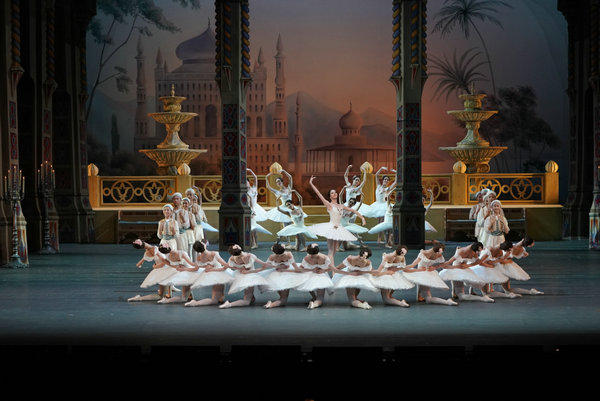 |
|
[Photo provided to China Daily] |
"In this sense, Russian experts were undoubtedly the founders of Chinese ballet," says Zhao, speaking at the NCPA ahead of the Bolshoi Theatre's two ballet productions in Beijing in May.
Zhao began her career at the age of 11 when the Beijing Dance Academy came to her hometown, the northern port city of Tianjin, looking to identify young talent.
With the assistance of the Russian teachers, the Beijing Dance School-today's Beijing Dance Academy, and China's first professional dance school-was established in 1954.
Renowned Russian dancer and choreographer Pyotr Andreyevich Gusev, who was the school's artistic director from 1957 to 1960, had a strong influence on the young students. It was the cradle of dance in China, and ballet was one of the school's principal subjects.
The then premier Zhou Enlai, who was passionate about ballet's development in China, once asked Gusev whether China would ever stage its own ballet performance. Gusev said yes, and in early 1958, the Beijing Dance School started rehearsing Swan Lake. Along with his Chinese students, Gusev staged China's first ever ballet show-Swan Lake-in 1958.
Russian experts also put forward the idea of combining Russian ballet with cultural elements from China. Based on these ideas, the troupe not only performed classic ballets such as Swan Lake, but also started to create new works in the Chinese style, such as The Beautiful Mermaid, which was adapted from a Chinese legend, which marked the beginning of Chinese ballet artists' exploration of incorporating Chinese elements into ballet.
In 1959, the Experimental Ballet of the Beijing Dance School was founded, which was later renamed the National Ballet of China. The first group of ballet majors from the Beijing Dance School became the earliest dancers for the National Ballet of China. Among them was Zhao.